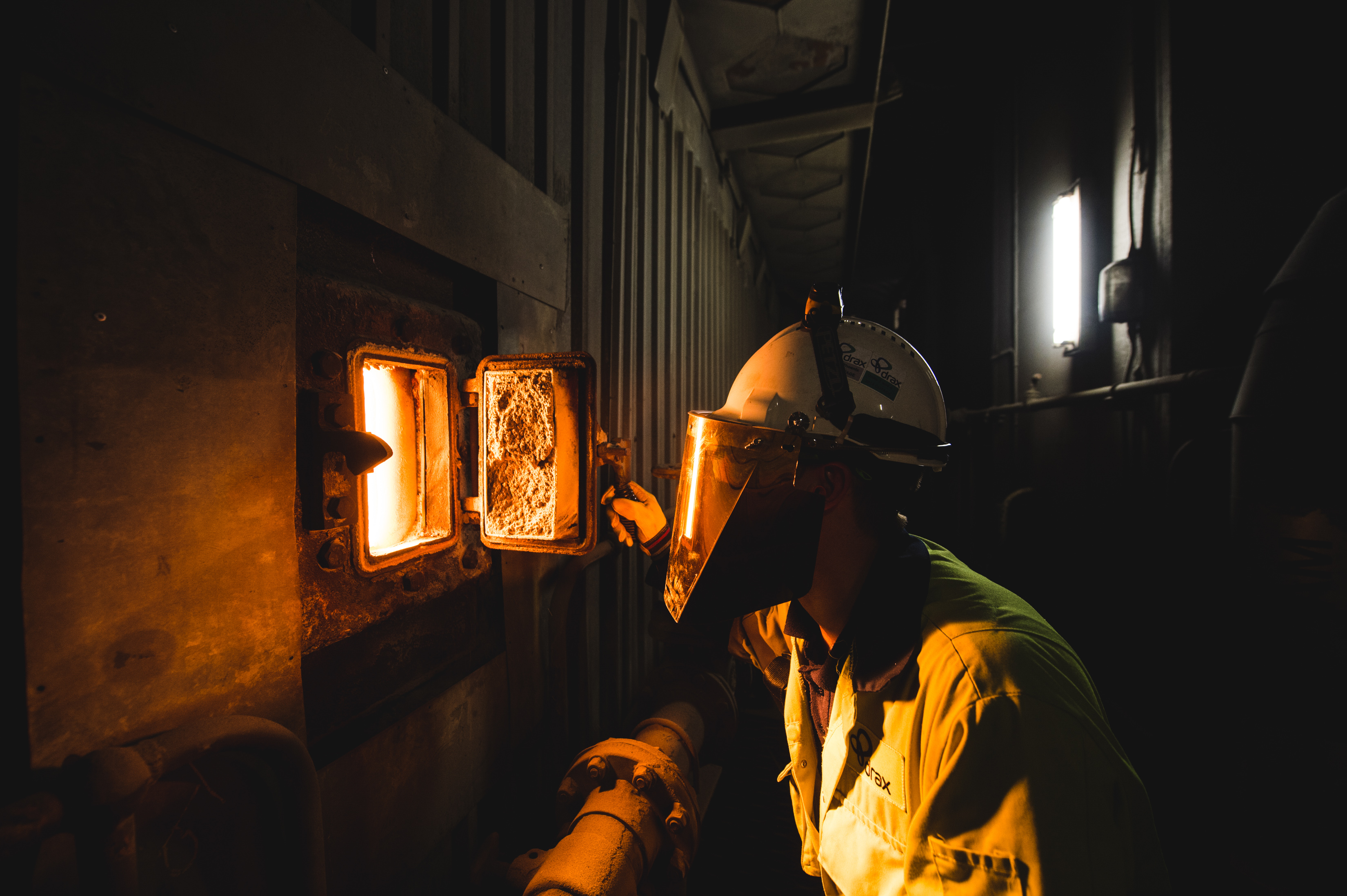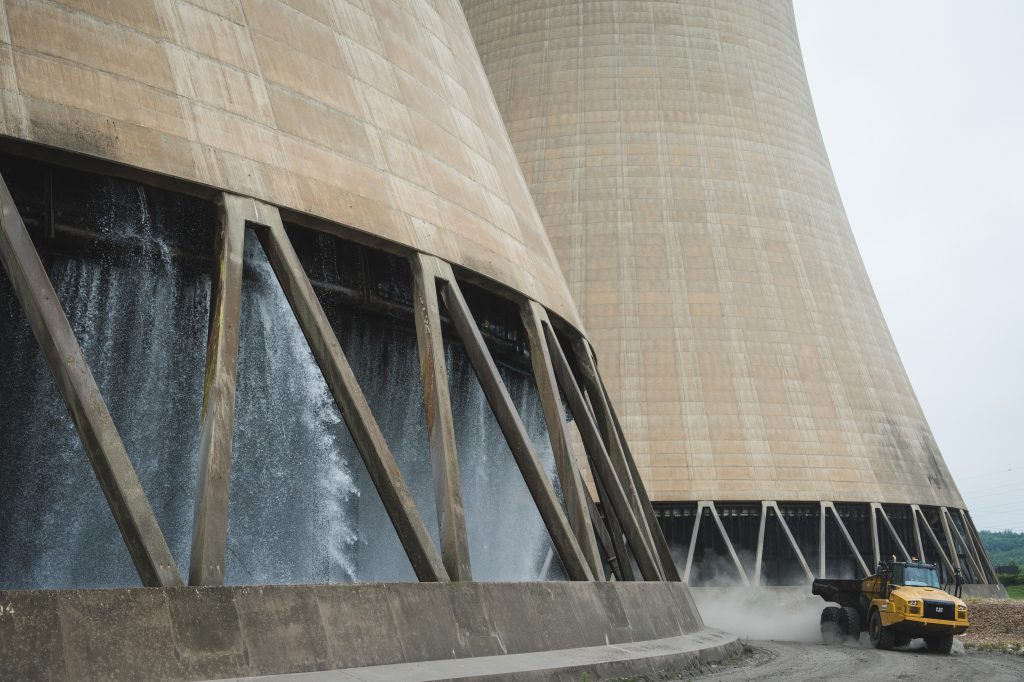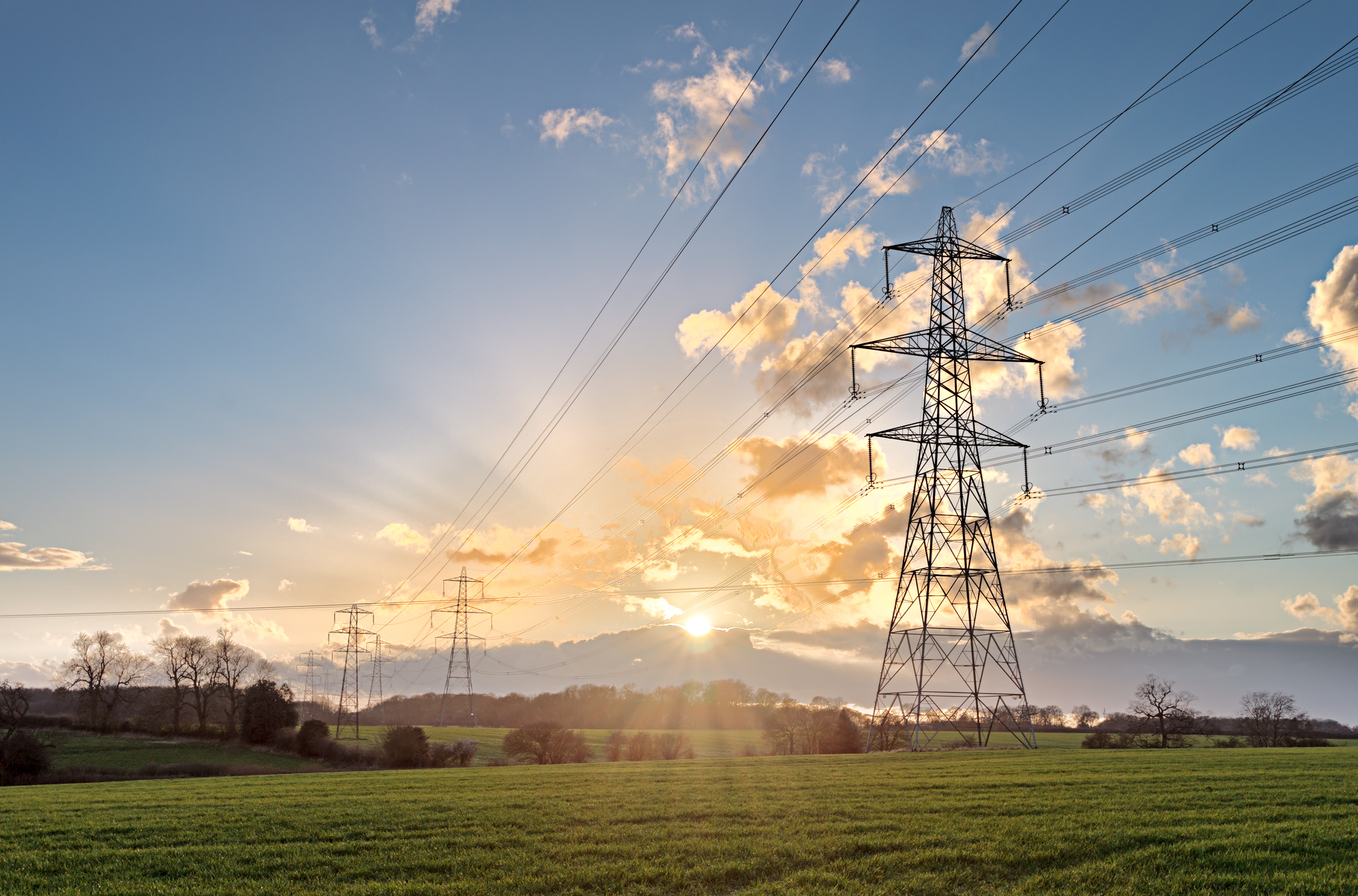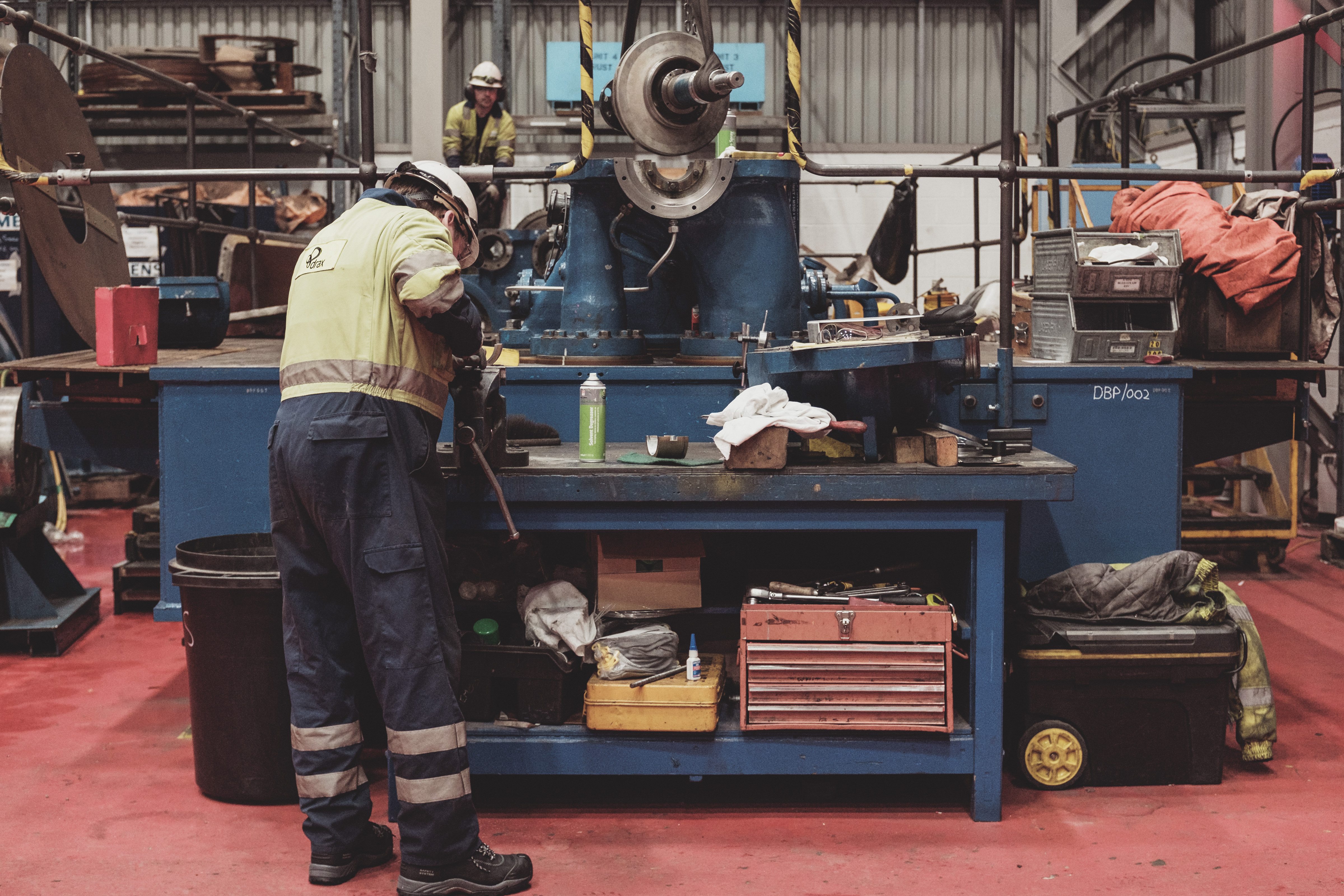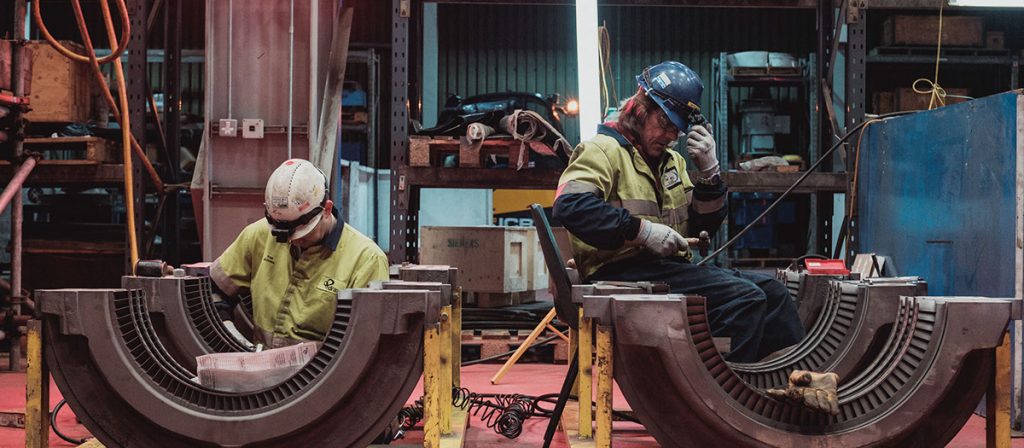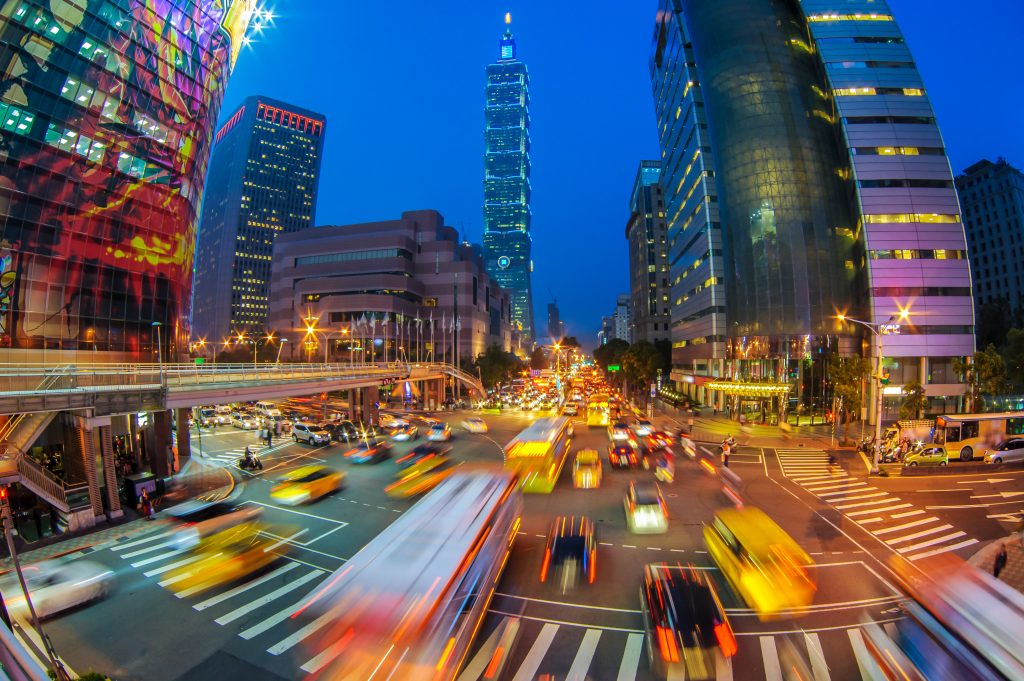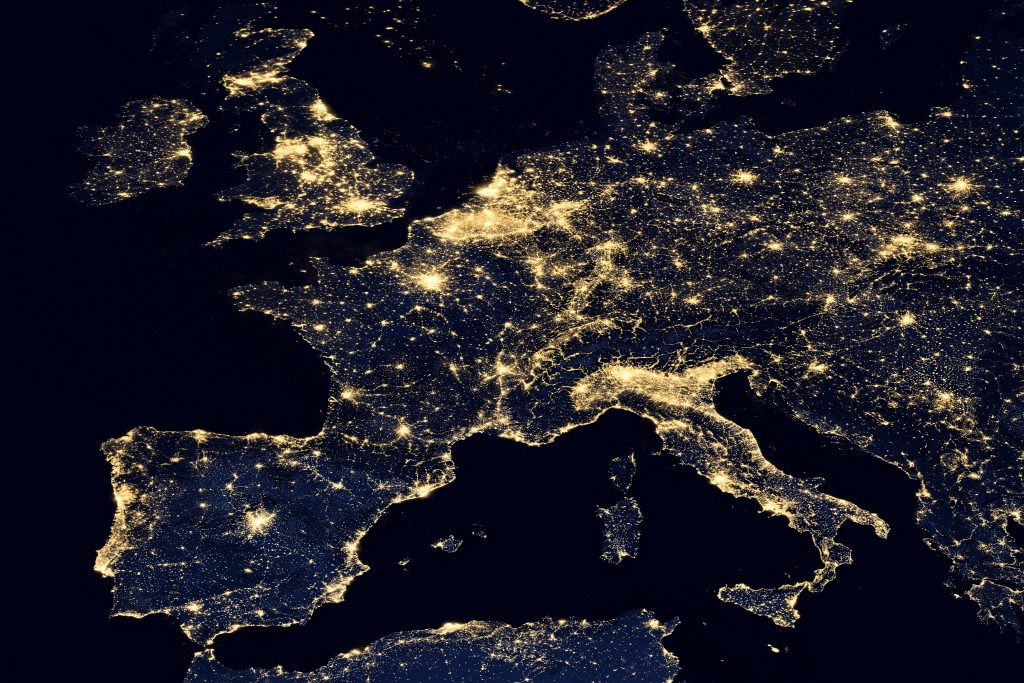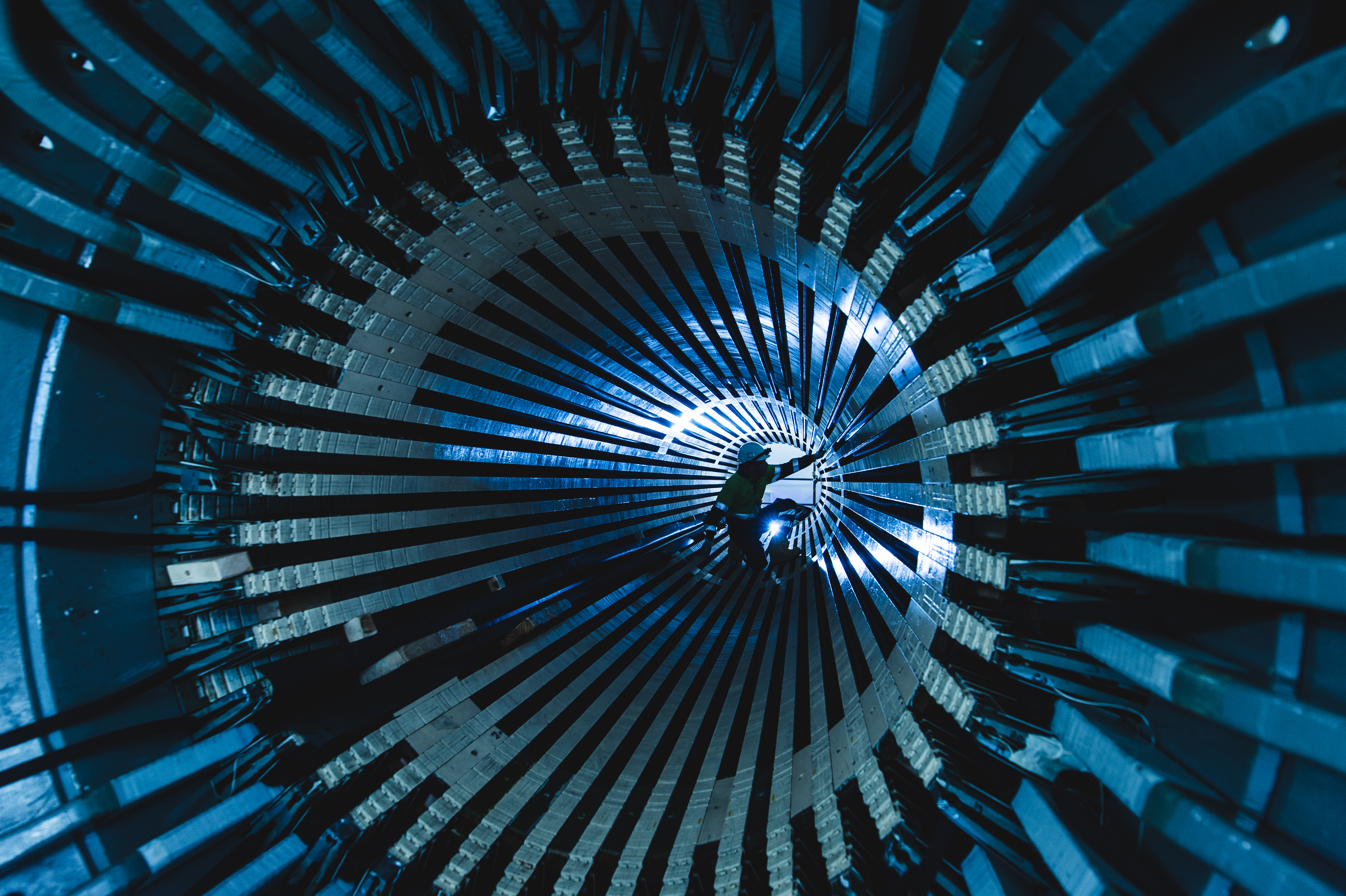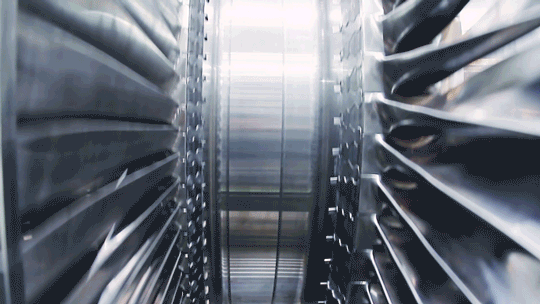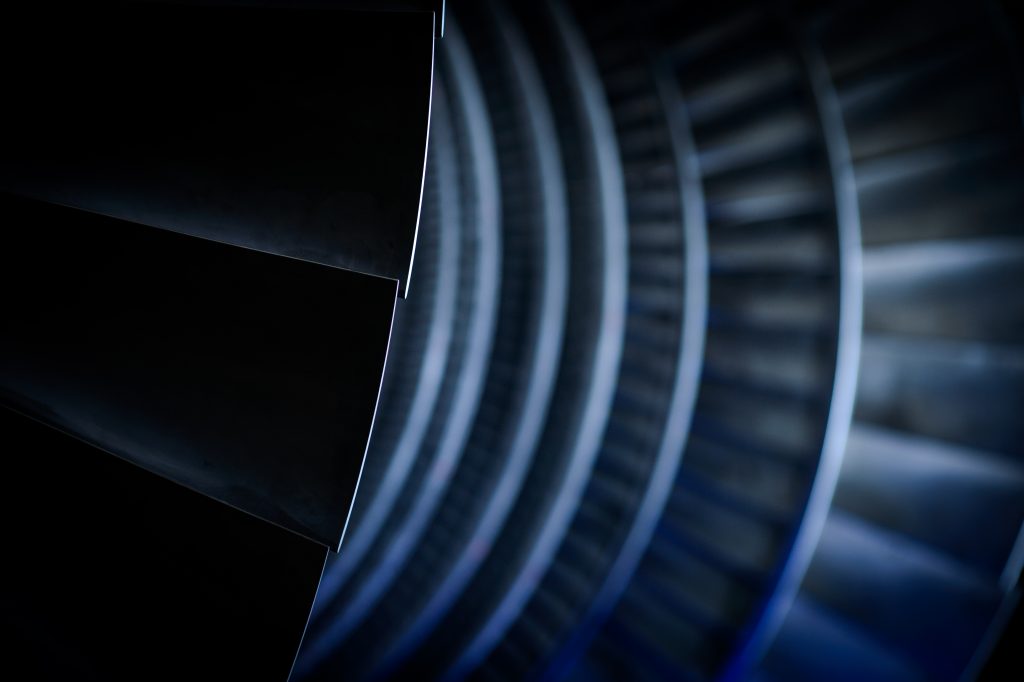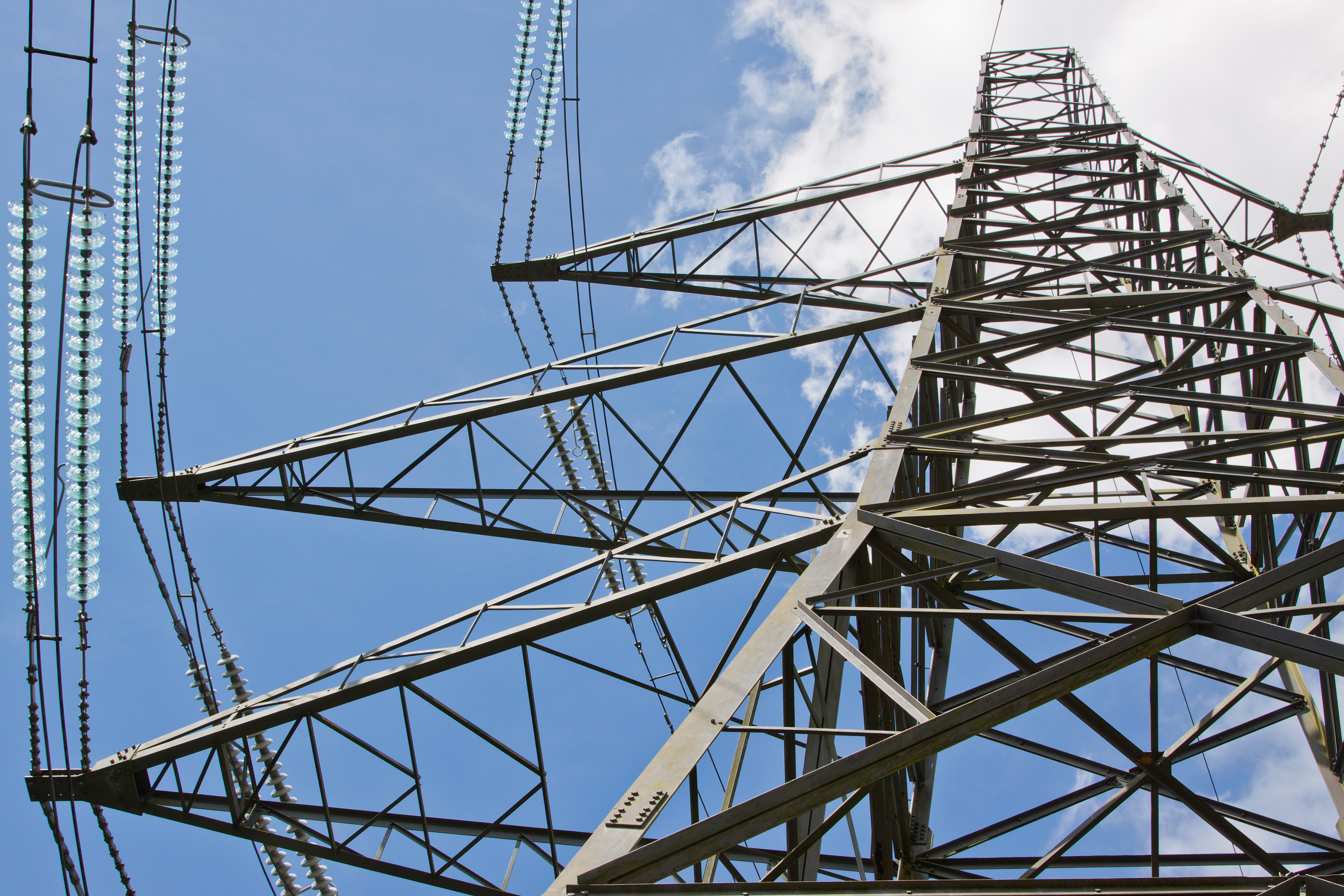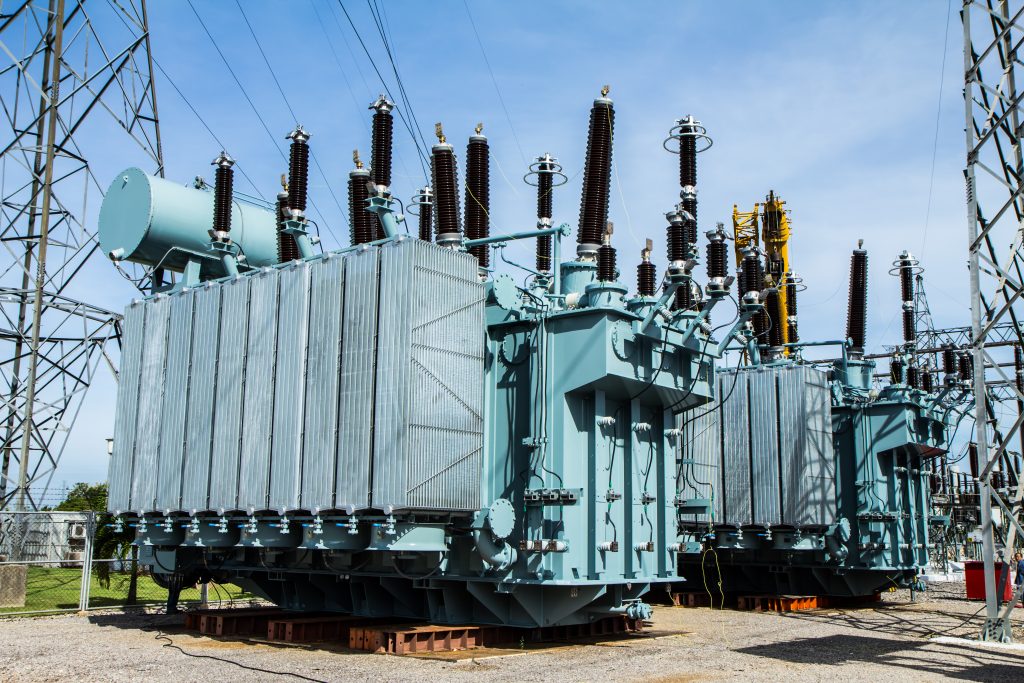
RNS Number :5094W
DRAX GROUP PLC
(Symbol: DRX)
The Board of Drax Group plc (“Drax”) is pleased to announce that Nicola Hodson is to be appointed as a Non-Executive Director, with effect from 12 January, 2018.
Nicola served as a Non-Executive Director at Ofgem(1) between January 2015 and July 2017. She is currently Vice President, Global Sales and Marketing, Field Transformation at Microsoft(2), having worked with the company in various roles since 2008, including Chief Operating Officer of its UK business and leading its UK public sector business.
Prior to Microsoft(2) she held senior roles at Siemens, CSC, Ernst & Young and British Nuclear Fuels. She has also been a member of TechUK’s(3) Board since 2012 and was previously a board member of the UK Council for Child Internet Safety (UKCCIS) (4) and the Child Exploitation and Online Protection group (CEOP)(5).
Commenting on the appointment, Philip Cox, Chairman of Drax, said: “The directors are delighted to welcome Nicola to the Board. Her broad experience gained in the technology, business transformation, energy and consulting sectors, across a range of strategy, marketing and change roles will provide real value as Drax delivers on its strategy to help change the way energy is generated, supplied and used in the UK.”
Nicola added: “The energy sector is changing fast so this is an exciting time to be joining Drax’s Board. I believe Drax is well-placed to grow and support the decarbonisation of the UK economy through low carbon generation and fuel sourcing. I am particularly inspired by the prospect of joining a leading challenger-brand which puts customers at the heart of the business and allows them to maximise the opportunities presented by the emerging energy landscape.”
Nicola has also been appointed as a member of the Company’s Audit, Remuneration and Nomination Committees.
Enquiries:
Drax Investor Relations: Mark Strafford
+44 (0) 1757 612 491
Media:
Drax External Communications: Matt Willey
+44 (0) 1757 612 285
Website: www.drax.com
Notes:
- Ofgem is a non-ministerial government department and an independent National Regulatory Authority. Its objective is to protect the interests of electricity and gas consumers by promoting value for money, promoting security of supply and sustainability, supervise markets and competition and regulate government schemes.
- Microsoft (Nasdaq “MSFT” @microsoft) is the leading platform and productivity company for the mobile-first, cloud-first world, and its mission is to empower every person and every organization on the planet to achieve more.
- TechUK is an organisation that represents its 900 members and drives links with Government.
- The UK Council for Child Internet Safety (UKCCIS) is a group of more than 200 organisations drawn from across government, industry, law, academia and charity sectors that work in partnership to help keep children safe online.
- The Child Exploitation and Online Protection Group (CEOP) works with child protection partners across the UK and overseas to identify the main threats to children and coordinates activity against these threats to bring offenders to account. We protect children from harm online and offline, directly through National Crime Agency led operations and in partnership with local and international agencies.
END








